Introduction
In modern industrial production, real-time monitoring of material levels within storage silos is crucial for ensuring operational continuity and improving production efficiency. This task is achieved using continuous level meters. Various types of continuous level meters are commonly employed, each with distinct working principles, advantages, and limitations. Below is a detailed analysis of these types.
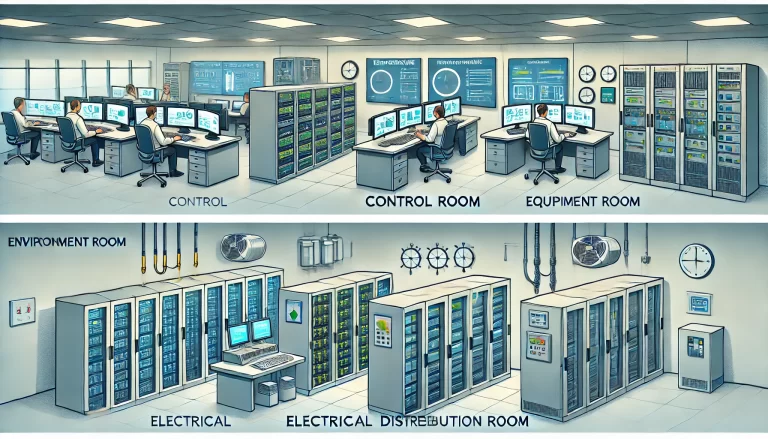
1. Ultrasonic Level Meters
Working Principle: Ultrasonic level meters use echo-ranging principles to measure material levels. A transducer emits ultrasonic sound waves, which reflect off the material’s surface and return to the sensor. By calculating the time difference between emission and reception, the distance between the sensor and the material surface is determined, enabling level measurement.
Advantages:
Suitable for granular or solid materials such as gravel or grains.
Non-contact measurement minimizes wear and contamination.
Limitations:
Low-density materials or powdery substances (e.g., flour) may absorb sound waves, reducing accuracy.
Irregular surfaces, like coarse sugar, can cause sound wave dispersion, leading to measurement errors.
Ultrasonic propagation speed is affected by temperature, requiring temperature compensation mechanisms.
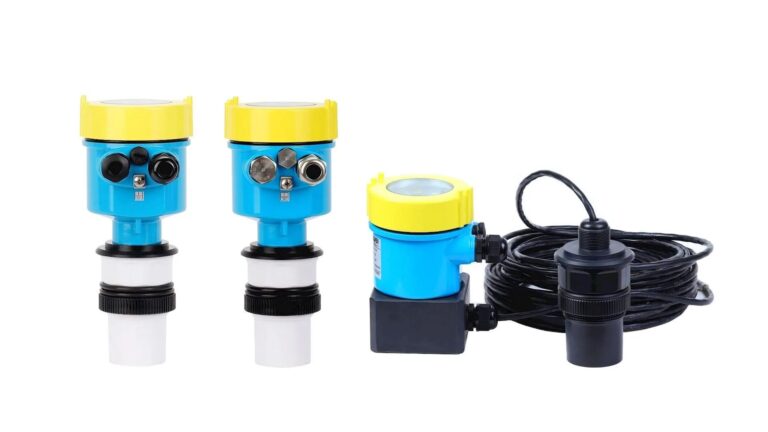
2. Radar Level Meters
Working Principle: Radar level meters employ high-frequency electromagnetic waves. The sensor emits radar waves, which reflect back upon hitting the material surface. The device calculates the time taken for the waves to travel and return, determining the material’s distance from the sensor.
Advantages:
Accurate and reliable measurement across various media, including conductive, non-conductive, and corrosive substances.
Works effectively in harsh conditions such as high temperatures, high pressures, and dusty environments.
Strong penetration capability makes it suitable for silos filled with dense dust.
Limitations:
May experience interference from nearby electromagnetic sources or mechanical equipment.
Foam or rough surfaces on materials may lead to slight inaccuracies.
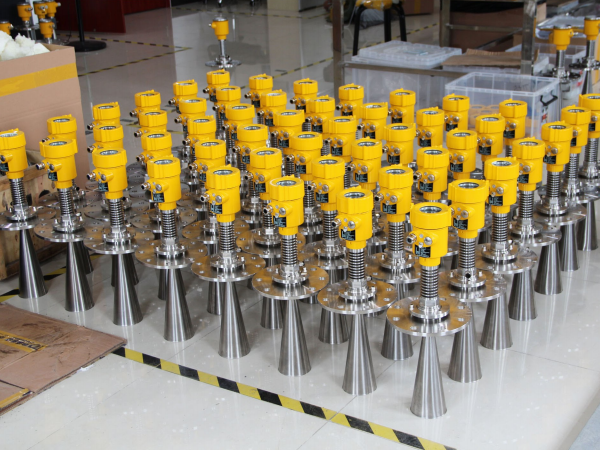
3. Guided Wave Radar Level Meters
Working Principle: Guided wave radar level meters, a variant of radar meters, operate using Time Domain Reflectometry (TDR). Pulsed microwaves travel along a probe (steel cable or rod) at near-light speeds. When encountering a material surface, part of the signal reflects back, and the time delay is used to calculate the level.
Advantages:
More stable and reliable measurements compared to standard radar meters.
Suitable for low dielectric constant materials and provides consistent performance in challenging conditions.
Limitations:
Requires contact with the material, making it less suitable for hygienic environments.
Material adhesion on the probe may affect accuracy, necessitating regular cleaning.
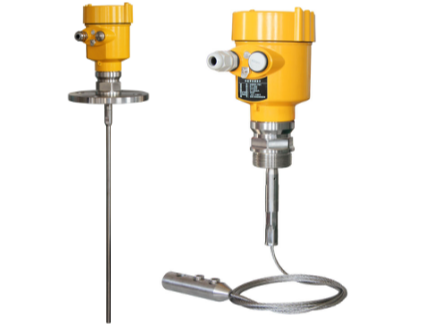
4. Weight-and-Cable Level Meters
Working Principle: Weight-and-cable meters use mechanical measurement principles. A weighted plumb descends until it contacts the material surface, while a sensor calculates the distance traveled by the weight. This distance correlates with the material level in the silo.
Advantages:
Simple and robust design with high adaptability to dusty environments.
Unaffected by material properties such as density or particle size.
Limitations:
Cannot perform real-time measurements; measurements are discrete.
Limited range and unsuitable for extreme conditions like high temperatures or corrosive substances.
Requires periodic maintenance due to mechanical wear.
5. Capacitance Level Meters
Working Principle: Capacitance level meters function by forming a capacitor between an electrode inserted into the silo and the silo’s wall. Changes in material level alter the capacitance, which is converted into a signal to indicate the level.
Advantages:
No moving parts, leading to minimal wear and long service life.
Flexible designs, such as rod or cable electrodes, cater to various storage environments.
Limitations:
Accumulation of material on the probe can cause measurement errors, requiring frequent inspections.
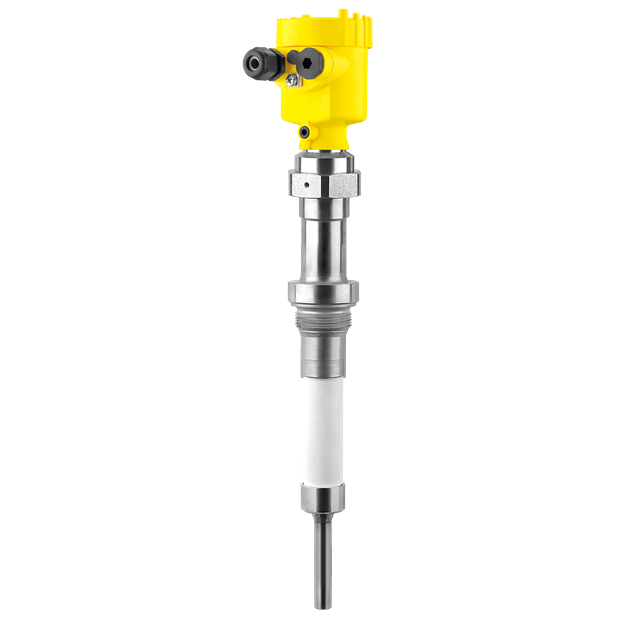
6. Radio Frequency Admittance Level Meters
Working Principle: These meters measure admittance—the combination of resistive, capacitive, and inductive components. The probe, material, and silo wall form an admittance network. Changes in material level affect the admittance, which is processed into level readings.
Advantages:
Insensitive to factors like material density, particle size, or dielectric constant.
Suitable for diverse materials and environmental conditions.
Limitations:
Requires careful installation to avoid electromagnetic interference.
Higher cost compared to simpler level meters.

7. Potential Scale Level Meters
Working Principle: Potential scale meters measure the electrical potential difference associated with material levels. The variation in potential difference correlates directly with the level of the material.
Advantages:
Ideal for low dielectric constant materials like fly ash or carbon black.
Unaffected by material characteristics such as density, size, or color.
Limitations:
Limited precision compared to advanced level meters.
Performance degradation in extreme environments, such as high humidity or electromagnetic interference.
Requires regular maintenance to ensure reliability.

Summary and Recommendations
Each type of continuous level meter has unique advantages and limitations. The choice of a suitable meter depends on the specific application requirements, including:
Material properties (density, particle size, dielectric constant).
Environmental conditions (temperature, pressure, presence of dust or vapors).
Desired accuracy and cost considerations.
To simplify selection, a comparative table summarizing the characteristics of these level meters can be created, aiding in making informed decisions for industrial applications.
